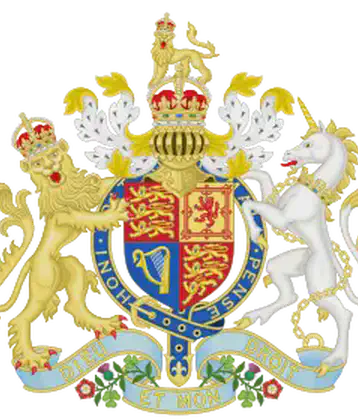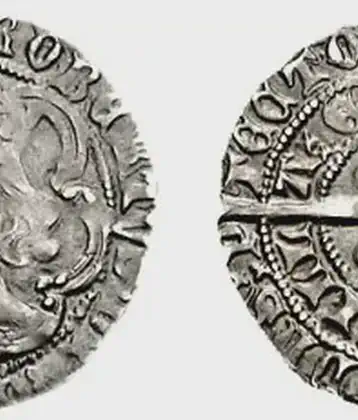On August 14, 1598 in Celtic History
High o' neill defeats the english at the battle of yellow ford

The Battle of the Yellow Ford was fought in south Armagh, Ulster, in Ireland, near the river Blackwater in August 1598, during the Nine Years War (Ireland). The Nine Years War in Ireland took place from 1594 to 1603 and is also known as Tyrones Rebellion. It was fought between the forces of Gaelic Irish chieftains Hugh ONeill - Earl of Tyrone, Hugh Roe ODonnell and their allies against the Elizabethan English government of Ireland. The war was primarily fought in the northern Irish province of Ulster. It ended in defeat for the Irish chieftains and ultimately their exile in the Flight of the Earls and to the Plantation of Ulster. It should not be confused with the Nine Years War of the 1690s, part of which was also fought in Ireland.
The Battle of the Yellow Ford was fought between the Gaelic Irish rebel army under Hugh ONeill and Hugh Roe ODonnell and an English expeditionary force under Harvey Bagenal. The English were attempting to march from Armagh town to relieve a fort on the Blackwater, but fell into a well prepared ambush and were routed with heavy losses.
Bagenal, who was an English settler from Newry, commanded 4000 English troops (many of whom were actually Irishmen), along with Irish auxiliaries and several pieces of artillery. ONeill had the forces raised from the clans of ONeill, ODonnell and their dependent clans. He also had a substantial number of mercenaries in his pay, many of them from the Highlands of Scotland. The English troops were armed with the standard weapons of the day, pikes and muskets for the infantry, swords and pistols for the cavalry. The Irish carried their traditional arms of swords, axes and javelins but also pikes and muskets, especially calivers, which were a lighter and more portable version of the standard musket. ONeill had several English and Spanish military advisors in his pay, who trained his troops in the use of modern weaponry. The Irish horsemen carried their spears over-arm, either thrusting or throwing them at close quarters.
The country the English troops had to march over was hilly and wooded and interspersed with bogs, making it ideal for an ambush. ONeill had also lined their line of march with obstacles such as trenches and breastworks across the road. As soon as they left Armagh, the English were harassed with musket fire and thrown spears from Irish forces concealed in the woods. As a result the different English companies became separated from one another as they paused to deal with the hit and run attacks. This was accentuated when one of their artillery pieces became stuck in the mud and part of the column got left behind trying to shift it. Bagenal was killed by a shot through the head, further demoralising his troops and to add: to the chaos, the English gun-powder store exploded, apparently ignited by the fuse of a matchlock musket. Seeing their enemy in confusion, the Irish horsemen rushed the head of the column, followed by swordsmen on foot. The English troops in this part of the field (at the yellow ford from which the battle gets its name) were cut to pieces. The remnants of the English force managed to fight their way back to Armagh.
The English lost between 1,500 and 2,000 killed at the battle, including 18 captains or officers, with more wounded. Several hundred soldiers also deserted to the rebels. Either way, just over 2000 English soldiers reached Armagh after the battle, of the 4000 who had set out. The survivors were evacuated by sea from Newry to Dublin. ONeills force lost about 200 killed and 600 wounded. In the next two years, ONeill managed to spread his rebellion all over Ireland, but was eventually defeated at the battle of Kinsale in 1601 and forced to surrender in 1603.
More From This Day

University of Strathclyde was constituted in Glasgow, based on the Royal College of Science and Technology.
August 14, 1964



The Irish Franchise Act is enacted and has the effect of increasing the electorate from 45,000 to 164,000
August 14, 1850


Mary O'Connell is born in Co. Limerick, known as Sister Anthony, she serves in the American Civil War as a nurse
August 14, 1814

Nathaniel Hone, painter and member of the Royal Academy at the time of its founding in 1768, dies
August 14, 1784

